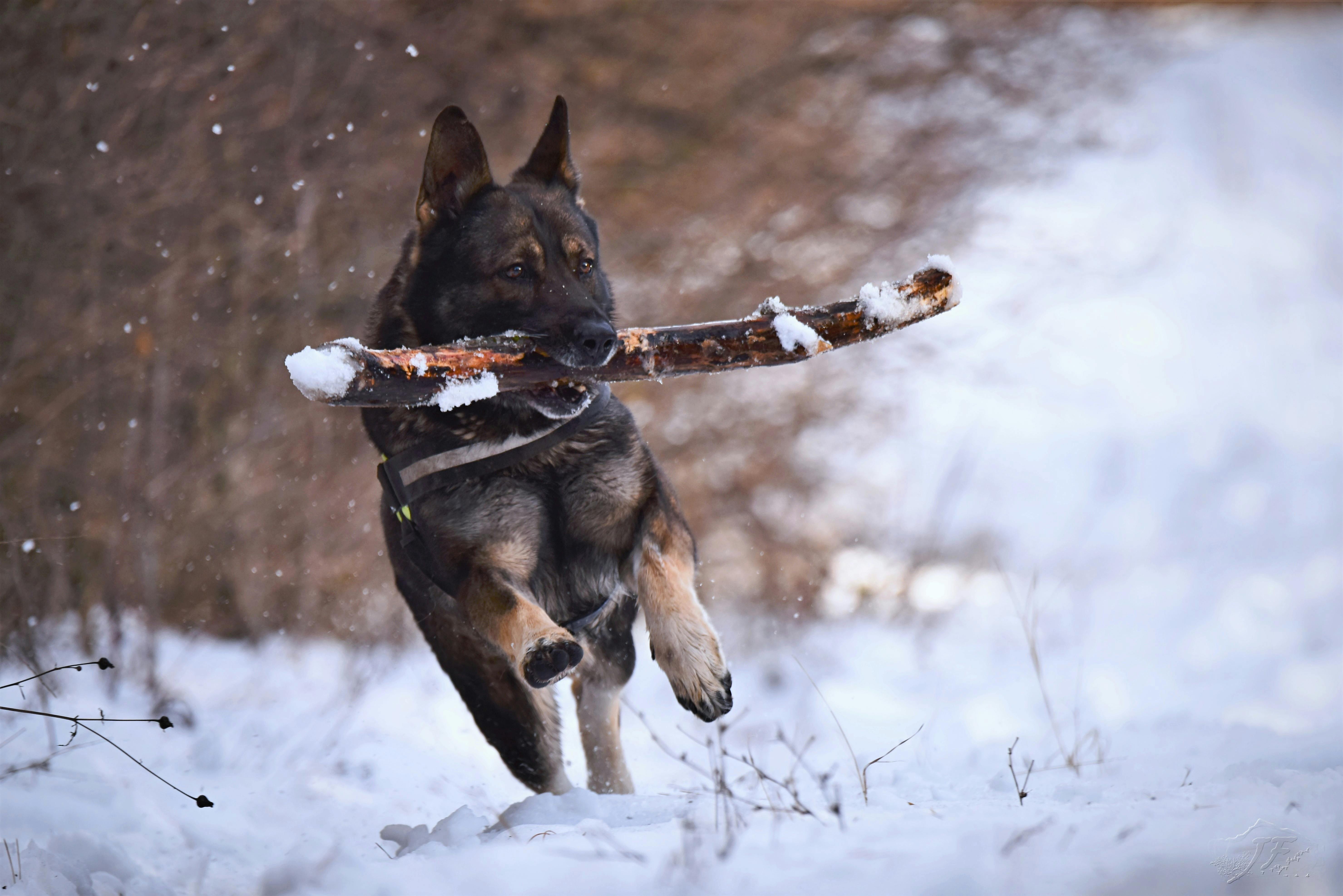To calm a scared dog you must first know what signs to look for in a scared dog. A frightened dog may display a variety of bizarre behaviors ranging from trying to escape or hide in a safe place, barking, urinating, defecating, shaking, and even becoming aggressive in an attempt to protect its own physical integrity.
It is quite common for some dogs to develop a fear of loud environmental noises. Below are six tips to help ease a frightened dog experiencing noise phobias.
1. Not petting and reassuring a scared dog
This is a natural instinct, but refrain from calming and trying to comfort your dog. Although this is what we usually do with children, it doesn’t work the same way with dogs. On the contrary, dogs will tend to think that their fear is justifiable since, by trying to calm them down, you are acting as if the fear is real and justified.
2. Act as if everything is normal and use distractions
Play with your dog’s favorite toy or use treats as a positive reward for simple obedience commands like sit or lie down. When your dog begins to show signs of nervousness, the goal is to distract him from the real source of his distress, which is noise phobia. Ultimately, you want your dog to slowly begin to associate the situation (the noise) with positive attention and fun rewards.
3. Desensitize your dog to environmental noises with an Mp3 audio download
Regularly play audio that has a variety of loud noises that scare many dogs. Include sounds that scare your dog, but be sure to expose him to other noises he may not have encountered yet. Start by playing the audio very low and distracting your dog with games or food. Gradually increase the volume level and continue to distract your dog. Eventually, your dog will become desensitized to loud sounds through repetition, consistency, and positive rewards.
4. Create a safe and comfortable environment
Provide your dog with a safe haven where he feels comfortable and calm, such as a safe room or kennel. Make this area available to your dog regularly so that it feels comfortable and familiar. This will allow your dog to hide when he wants to escape the fear factor, or the fear itself.
And don’t forget about white noise. Reduce the volume level of your dog’s noise phobia by turning on a fan, music, or the television. Help!
5. Exercise
If you can plan ahead; exercise, exercise and more exercise because a tired dog is a good thing. Get outside and get some exercise before the storm hits or before the neighborhood kids start setting off fireworks at dusk. Exercise will make your dog more physically and mentally tired, which will reduce his ability to respond to noise. It will also increase the levels of serotonin in the brain, a hormone that acts as a sedative.
6. Sedate your dog with medication
Anti-anxiety medications can be an emergency solution in the event that you are unable to calm a frightened dog and anxious behavior is on the rise. Valium is most useful if it is given 30 to 60 minutes before the loud noise starts. Please note that strong medications can cause liver damage and should only be administered by a veterinarian. Many vets and dog specialists will only sedate a dog in extreme circumstances. It is recommended to seek herbal remedies first, including lavender and geranium oils, chamomile, peppermint extract, and DAP, a product that acts like a pheromone and is supposed to appease your dog.


